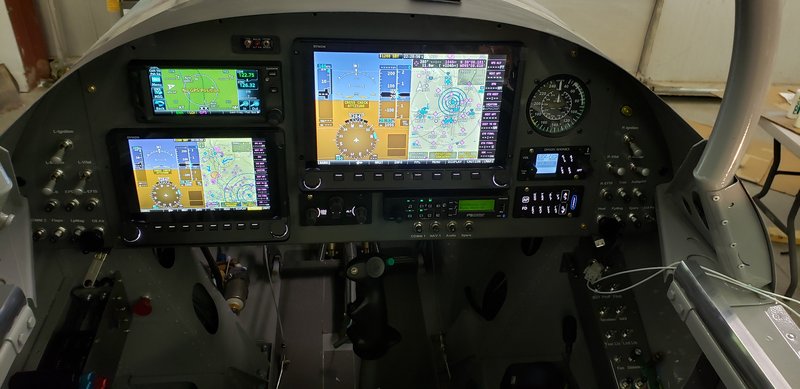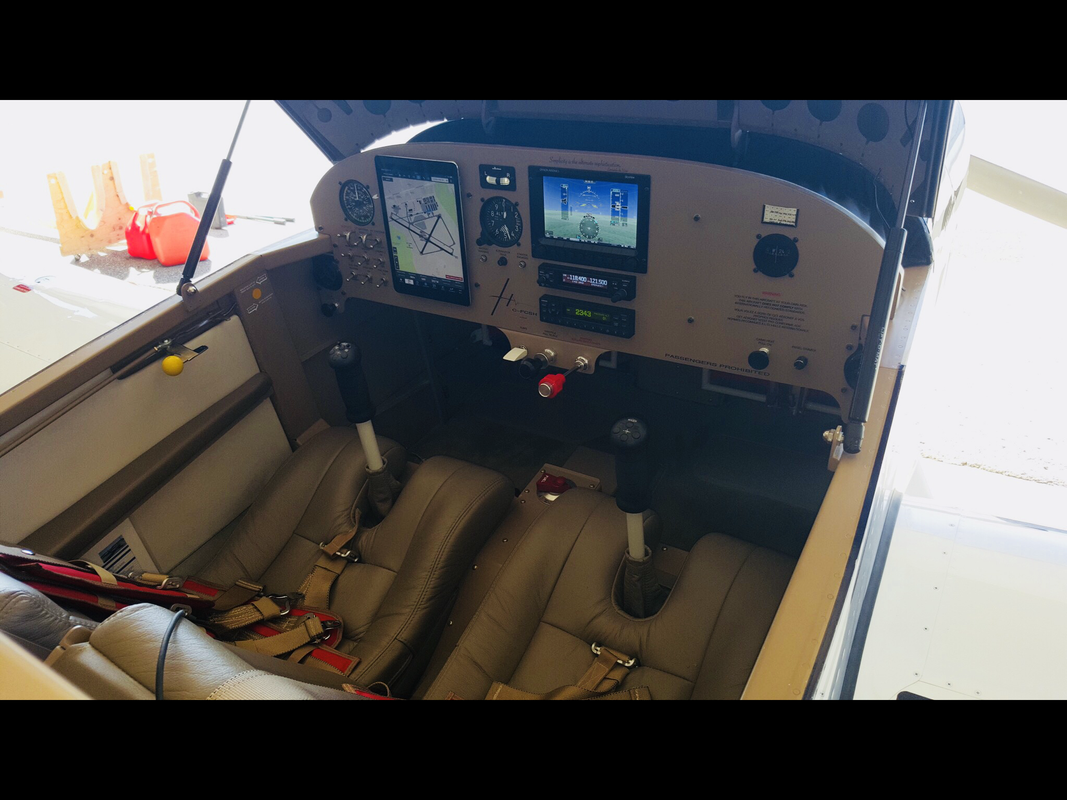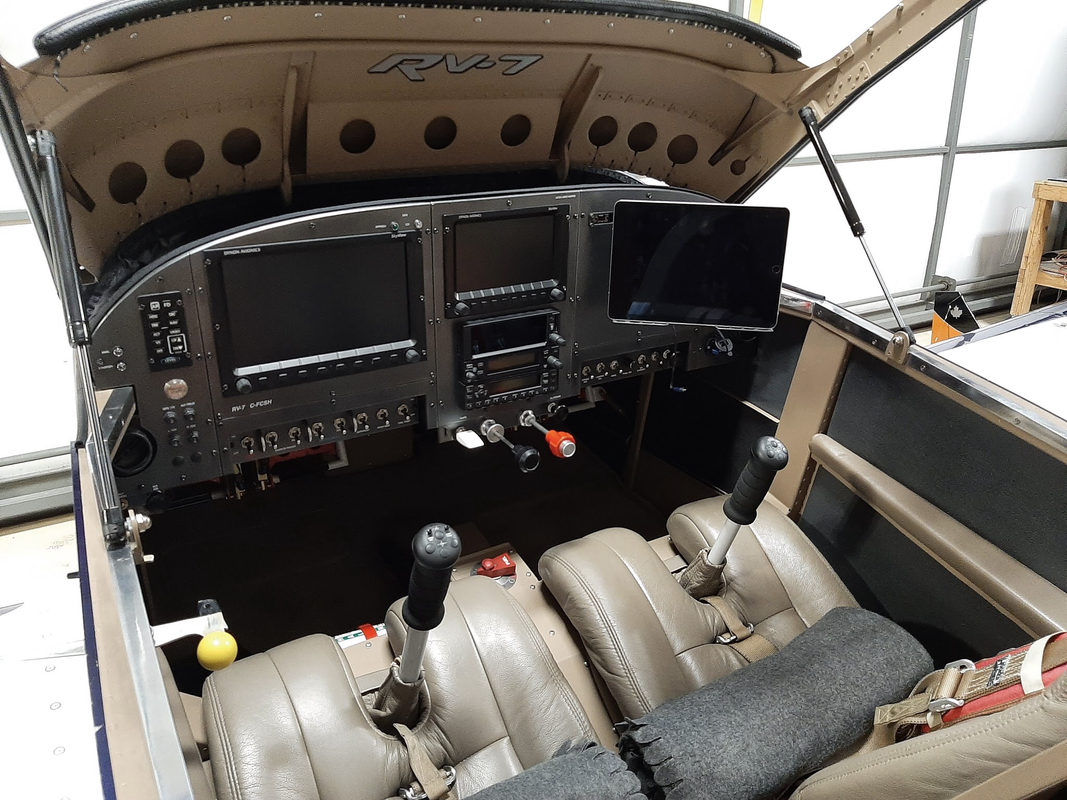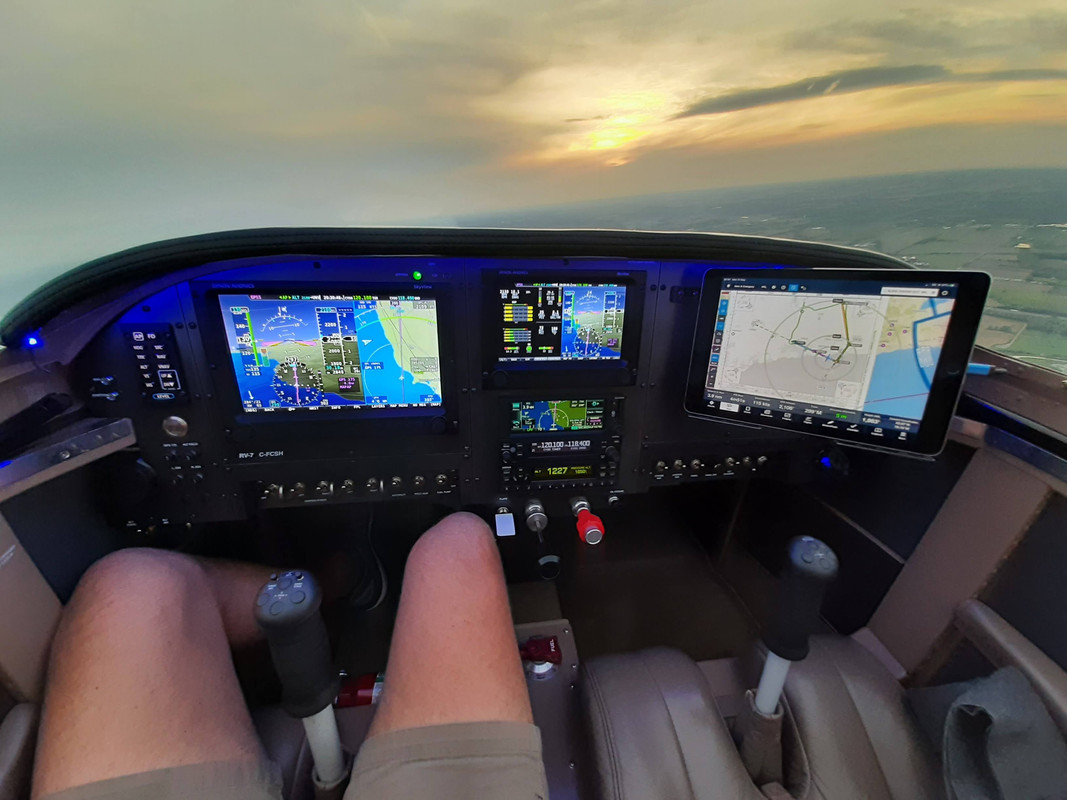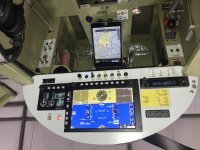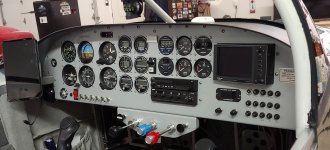I’ve been researching the major brands and I quickly saw that total cost will ultimately come out very close in a complete IFR setup. While that’s my eventual goal, I’m considering if any of the solutions suit themselves to a piecemeal installation, upgrading over time. I currently have an entirely steam gauge panel (other than a digital engine monitor) without any gyros; I’d like to perhaps add some sort of attitude source for safety at night.
Anyone here who has started out with a VFR panel and added capability over time? Was it something you would do again or just go all in at once?
Context: this is for an RV-4, so lots of room to work behind the panel and new panel blanks won’t break the bank.
Anyone here who has started out with a VFR panel and added capability over time? Was it something you would do again or just go all in at once?
Context: this is for an RV-4, so lots of room to work behind the panel and new panel blanks won’t break the bank.



